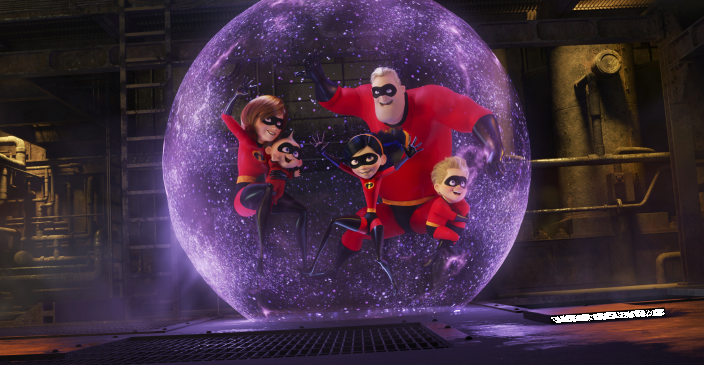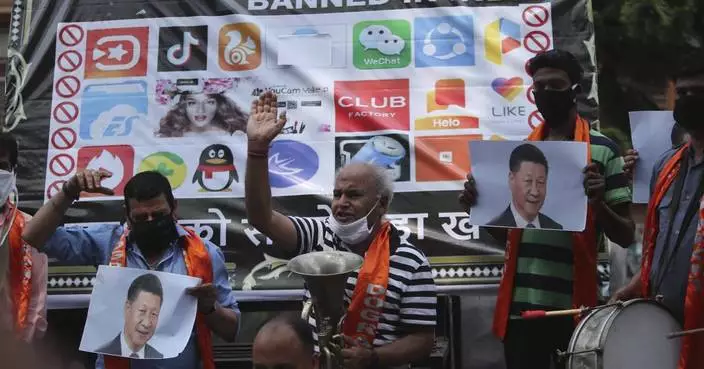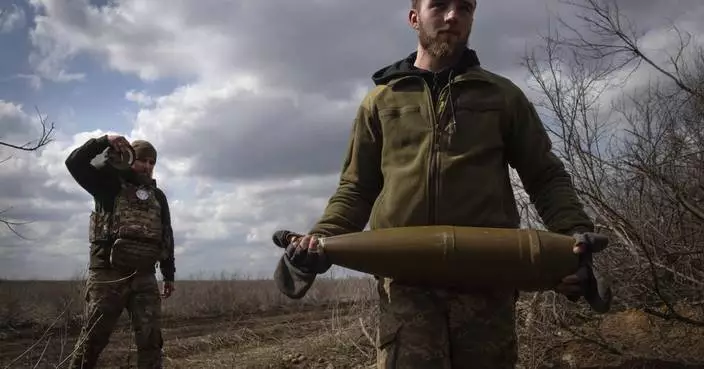Have you noticed something oddly tranquil about this summer movie season? For the first time in recent memory, there hasn't been one major bomb.
Usually by now, there would be blockbuster-sized craters left on the charred summer-movie battlefield, the inevitable toll of Hollywood's most high-stakes season. But this year, summer-movie bomb-watching, long one of the most dependable spectator sports of the season, has gone entirely without the sight of a "Lone Ranger"-sized mushroom cloud.
After the cataclysmic, the-sky-is-falling summer of 2017, when overall grosses slid 14.6 percent from the year before, Hollywood has rebounded. Ticket sales in North America this summer are up 11.3 percent, according to comScore. The comeback is even more pronounced when you factor in that the annual Marvel movie kickoff to summer slid just ahead of the official first weekend of May start, shifting the $678.5 million domestic for Disney's "Avenger: Infinity War" to the spring.
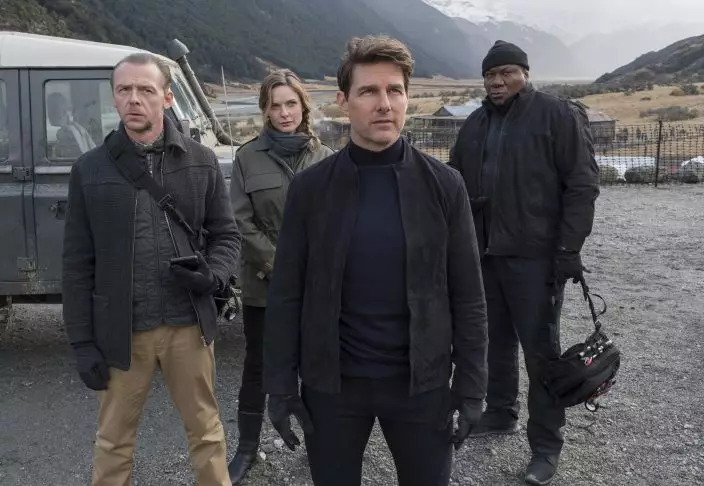
This image released by Paramount Pictures shows, from left, Simon Pegg, Rebecca Ferguson, Tom Cruise and Ving Rhames in a scene from "Mission: Impossible - Fallout." (David JamesParamount Pictures and Skydance via AP)
Amid a remarkably turbulent time for the movie business, this summer has been surprisingly, almost weirdly, steady.
"The studios did what they were supposed to," said Kyle Davies, domestic distribution chief for Paramount Pictures. "This notion that people are tired of going to the theaters, I don't believe it for a second. I think people are ready every weekend: 'Give me a reason to come.'"
Paramount didn't have a lot of releases over the summer but coming off the spring success of "A Quiet Place," Davies said, "Things have turned around." ''Mission: Impossible — Fallout," the sixth installment in the Tom Cruise franchise, is approaching $500 million worldwide, and the Diane Keaton-Jane Fonda-starring "Book Club" has, with $68.6 million, fared better than most comedies this year.
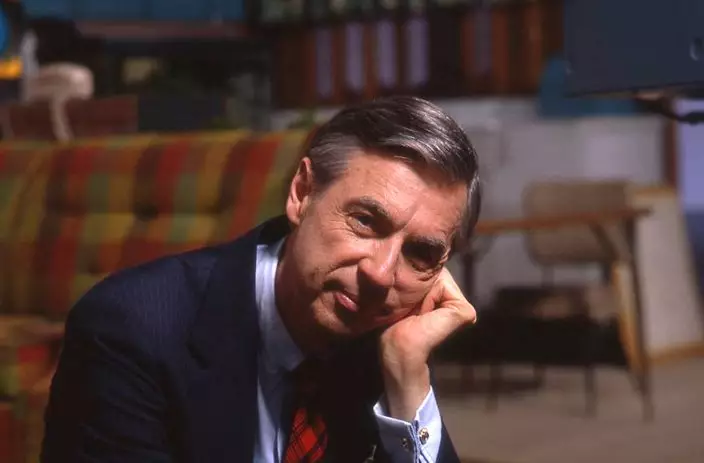
This image released by Focus Features shows Fred Rogers on the set of his show "Mr. Rogers Neighborhood" from the film, "Won't You Be My Neighbor." (Jim JudkisFocus Features via AP)
But even Tom Cruise, despite all his powers, can do only so much to tip the overall box office. So what's behind the bounce back?
MoviePass, the flailing subscription service, has claimed responsibility. Subscription moviegoing has surely had an additive effect, bringing more regular visitors to theaters. But how much? There's no statistical evidence of MoviePass boosting bottom lines, and studio executives downplay its influence as minimal. ("Mission: Impossible," for one, wasn't available on MoviePass.) MoviePass, which this week reduced its plan to three movies a month, says it accounts for 6 percent of all domestic tickets.
Mid-summer, AMC trotted out its own $20-a-month subscription option, attracting 260,000 subscribers in its first seven weeks. AMC on Thursday said that's translated to about 1 million admissions or about 4 percent of U.S. moviegoers at AMC theaters, the country's largest chain.
Jeff Bock, senior box-office analyst for Exhibitor Relations, said it's difficult to extrapolate how big a driver subscription services have been, though he credited the copious attention and drama around MoviePass with fueling moviegoing awareness. He's more inclined to point to the improved studio project, specifically sequels like "Incredibles 2," ''Ant-Man and the Wasp" and "Deadpool 2."
"The one thing that was very different from last year's sequels is that people wanted to see these. That's what it comes down to," said Bock. "You can say Hollywood's running on good credit and that's probably one of the reasons people are coming out weekend after weekend."
The difference in Pixar releases alone accounts for a yawning $440 million gap. Last summer, the little-loved "Cars 3" grossed $152.9 million domestically; this year, "Incredibles 2," the summer's biggest smash, has earned $590.3 million in North America.
The season hasn't been without its worrisome blips. Two of the most dependable forces in moviegoing — "Star Wars" and the Rock — both showed that they're mortal. But even those disappointments were measured. "Solo," while cause for real concern for "Star Wars" going forward, still nearly cleared $400 million worldwide. Dwayne Johnson's "Skyscraper," saved by sales in China, managed to gross almost $300 million worldwide.
But the final two weeks of August should only pad the season's lead. After scoring $5 million in its opening day Wednesday, Warner Bros.' "Crazy Rich Asians" — hailed as a watershed moment for Asian-American representation in mainstream moviemaking — appears poised to ride glowing reviews to approximately a five-day $25 million debut. Following last weekend's chart-topping "The Meg," a shark thriller, Warner Bros. will likely account for the summer's only two original, non-sequel no. 1 releases.
"It's content. When you look at last year, there wasn't much beside "Wonder Woman" and "Dunkirk" that really clicked," said Jeff Goldstein, Warner Bros.' distribution head. "When we've had dips, it's when the movies haven't delivered."
On the indie side, business has been slower, though A24 notched its highest grossing release with Ari Aster's acclaimed horror film "Hereditary" ($79.3 million worldwide). Spike Lee's recently released "BlacKkKlansman," for Focus Features, has added a jolt to the often sleepy August period, landing the director his best opening weekend in 12 years.
But the most unexpected sensations of the summer have been documentaries. There will be three docs to clear $10 million in box office, an unprecedented high for non-fiction filmmaking. "Won't You Be My Neighbor" is up to $21.8 million for Focus, Neon's "Three Identical Strangers" has hauled in $9.7 million, and Magnolia's Ruth Bader Ginsberg documentary "RBG" has grossed $13.7 million.
"It's a zeitgeist moment, no doubt," said David Linde, chief executive of Participant Media, which co-produced "RBG." ''People go to the theater for a unique experience and that experience is all about a collective experience. That hasn't ever been truer."
Follow AP Film Writer Jake Coyle on Twitter at: http://twitter.com/jakecoyleAP
KYIV, Ukraine (AP) — A big, new package of U.S. military aid will help Ukraine avoid defeat in its war with Russia. Winning will still be a long slog.
The arms and ammunition in the $61 billion military aid package should enable Ukraine to slow the Russian army's bloody advances and block its strikes on troops and civilians. And it will buy Ukraine time — for long-term planning about how to take back the fifth of the country now under Russian control.
“Ultimately it offers Ukraine the prospect of staying in the war this year,” said Michael Clarke, visiting professor in war studies at King’s College London. “Sometimes in warfare you’ve just got to stay in it. You’ve just got to avoid being rolled over.”
The U.S. House of Representatives approved the package on Saturday after months of delays by some Republicans wary of U.S. involvement overseas. It was passed by the Senate on Tuesday, and President Joe Biden said he would sign it Wednesday.
The difference could be felt within days on the front line in eastern and southern Ukraine, where Russia’s much larger army has been slowly taking territory against massively outgunned Ukrainian forces.
The aid approval means Ukraine may be able to release artillery ammunition from dwindling stocks that it has been rationing. More equipment will come soon from American stocks in Poland and Germany, and later from the U.S.
The first shipments are expected to arrive by the beginning of next week, said Davyd Arakhamia, a lawmaker with Ukrainian President Volodymyr Zelenskyy’s Servant of the People party.
But opposition lawmaker Vadym Ivchenko, a member of the Ukrainian parliament’s National Security, Defense and Intelligence Committee, said logistical challenges and bureaucracy could delay shipments to Ukraine by two to three months, and it would be even longer before they reach the front line.
While details of the shipments are classified, Ukraine’s most urgent needs are artillery shells to stop Russian troops from advancing, and anti-aircraft missiles to protect people and infrastructure from missiles, drones and bombs.
What’s coming first is not always what front-line commanders need most, said Arakhamia, the Ukrainian lawmaker. He said that even a military giant like the U.S. does not have stockpiles of everything.
“The logic behind this first package was, you (the U.S.) finds our top priorities and then you see what you have in the warehouses,” Arakhamia said. “And sometimes they do not match.”
Hope for future breakthroughs for Ukraine still hangs on more timely deliveries of Western aid, lawmakers acknowledge.
Many experts believe that both Ukraine and Russia are exhausted by two years of war and won’t be able to mount a major offensive — one capable of making big strategic gains — until next year.
Still, Russia is pushing forward at several points along the 1,000-kilometer (600-mile) front, using tanks, wave after wave of infantry troops and satellite-guided gliding bombs to pummel Ukrainian forces. Russia is also hitting power plants and pounding Ukraine’s second-largest city, Kharkiv, which is only about 30 kilometers (some 20 miles) from the Russian border.
Ivchenko said the goal for Ukraine’s forces now is to “hold the line” until the bulk of new supplies arrive by mid-summer. Then, they can focus on trying to recapture territory recently lost in the Donetsk region.
“And probably ... at the end of summer we’ll see some movement, offensive movement of the Ukrainian armed forces,” he said.
Some military experts doubt Ukraine has the resources to mount even small offensives very soon.
The U.S. funding “can probably only help stabilize the Ukrainian position for this year and begin preparations for operations in 2025,” said Matthew Savill, director of military sciences at the Royal United Services Institute, a think tank.
In the best-case scenario for Ukraine, the American aid will give commanders time to reorganize and train its army — applying lessons learned from its failed summer 2023 offensive. It may also galvanize Ukraine’s allies in Europe to increase aid.
“So this just wasn’t about Ukraine and the United States, this really affected our entire 51-country coalition,” said U.S. Congressman Bill Keating, a Democrat who visited Kyiv on Monday as part of a four-member congressional delegation.
Zelenskyy insists Ukraine's war aim is to recapture all its territory from Russia — including Crimea, seized illegally in 2014. Even if the war ultimately ends through negotiation, as many experts believe, Ukraine wants to do that from as strong a position as possible.
Whatever happens on the battlefield, Ukraine still faces variables beyond its control.
Former U.S. President Donald Trump, who seeks to retake the White House in the November election, has said he would end the war within days of taking office. And the 27-nation Europe Union includes leaders like Hungarian Prime Minister Viktor Orbán and Slovak Prime Minister Robert Fico, who have opposed arming Ukraine.
Ukraine’s allies have held back from supplying some arms out of concern about escalation or depleting their own stocks. Ukraine says that to win the war it needs longer-range missiles it could use for potentially game-changing operations such as cutting off occupied Crimea, where's Russia's Black Sea fleet is based.
It wants a longer-range version of Army Tactical Missile Systems, known as ATACMs, from the U.S. and Taurus cruise missiles from Germany. Both governments have resisted calls to send them because they are capable of striking targets deep within Russian territory.
The new bill authorizes the president to send Ukraine the longer-range ATACMS, which have a range of some 300 kilometers (190 miles), “as soon as practicable.” It's unclear what that will mean in practice.
Sometimes, promised weapons have arrived late, or not at all. Zelenskyy recently pointed out that Ukraine is still waiting for the F-16 fighter jets it was promised a year ago.
Meanwhile, Russia is using its advantage in troops and weapons to push back Ukrainian forces, perhaps seeking to make maximum gains before Ukraine's new supplies arrive.
For weeks it has pummeled the small eastern city of Chasiv Yar, suffering heavy losses. Britain's Ministry of Defense says 900 Russian troops are being killed or injured a day in the war.
Capturing the strategically important hill town would allow them to move toward Sloviansk and Kramatorsk, key cities Ukraine controls in the eastern region of Donetsk. It would be a significant win for Russian President Vladimir Putin, who Western officials say is bent on toppling Ukraine’s pro-Western government.
Russian pressure was aimed not just at gaining territory, but on undermining Zelenskyy and bolstering critics who say his war plan is failing, said Clarke of King's College London.
The U.S. aid package decreases the likelihood of a political crisis in Ukraine, and U.S. Speaker Mike Johnson deserves credit for pushing it through Congress, he said.
"He held history in his hands,” Clarke said.
This story has been updated to correct Orbán's title, the Slovak prime minister's name and that the British estimate of daily Russian losses is for the war, not one battle.
Follow AP’s coverage of the war in Ukraine at https://apnews.com/hub/russia-ukraine
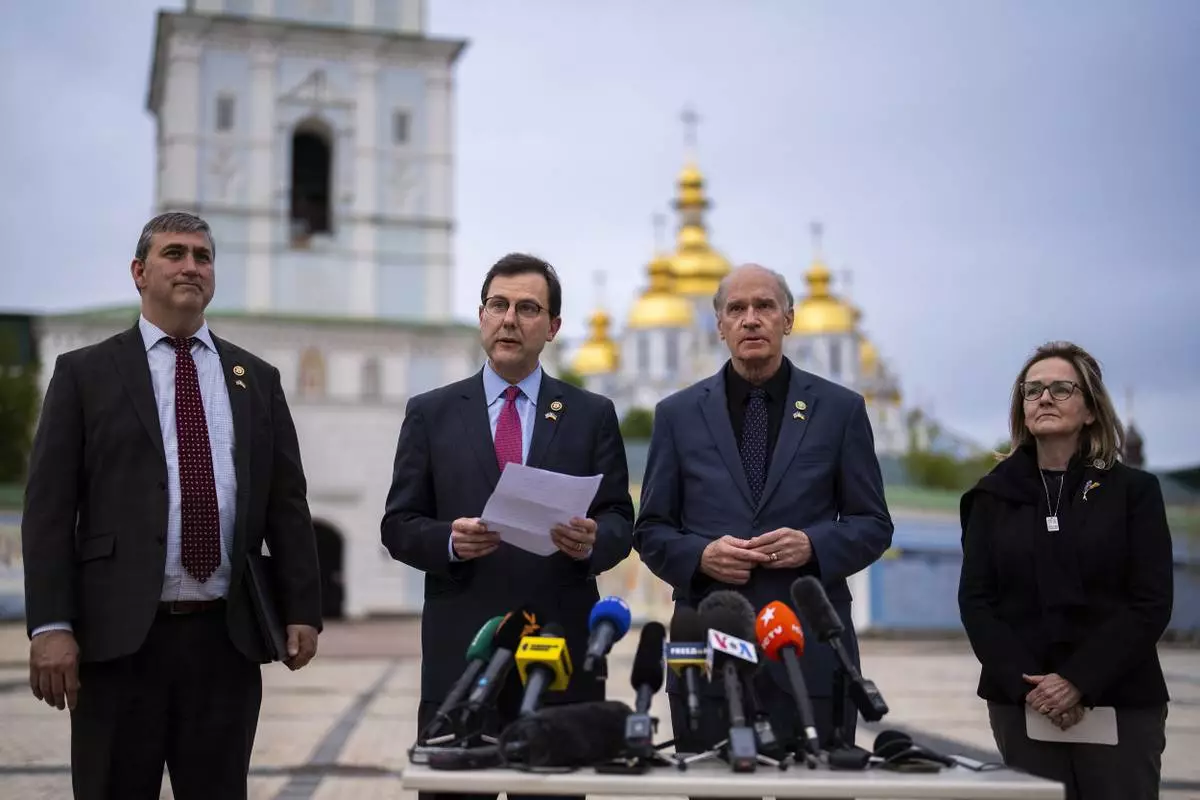
From left, U.S. representatives Nathaniel Moran, R-Tx, Tom Kean Jr, R-NJ, Bill Keating, D-Mass, and Madeleine Deane, D-Pa, talk to journalists during a joint news conference outside Saint Michael cathedral in Kyiv, Ukraine, Monday, April 22, 2024. A newly approved package of $61 billion in U.S. aid may prevent Ukraine from losing its war against Russia. But winning it will be a long slog. (AP Photo/Francisco Seco)

A volunteer makes a camouflage net at a facility producing material for Ukrainian soldiers in Kyiv, Ukraine, Monday, April 22, 2024. A newly approved package of $61 billion in U.S. aid may prevent Ukraine from losing its war against Russia. But winning it will be a long slog. (AP Photo/Francisco Seco)
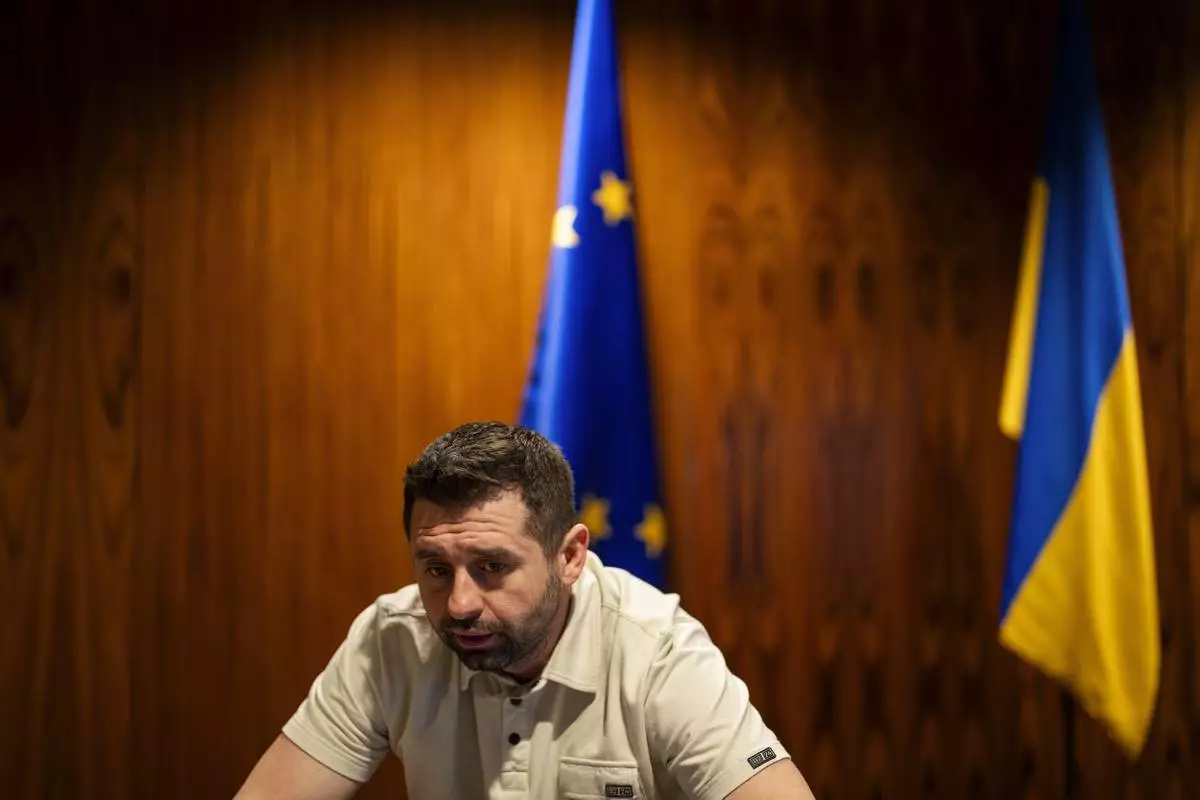
Davyd Arakhamia, a lawmaker with Ukrainian President Volodymyr Zelenskyy's Servant of the People party, talks during an interview with Associated Press in Kyiv, Ukraine, Monday, April 22, 2024. (AP Photo/Francisco Seco)
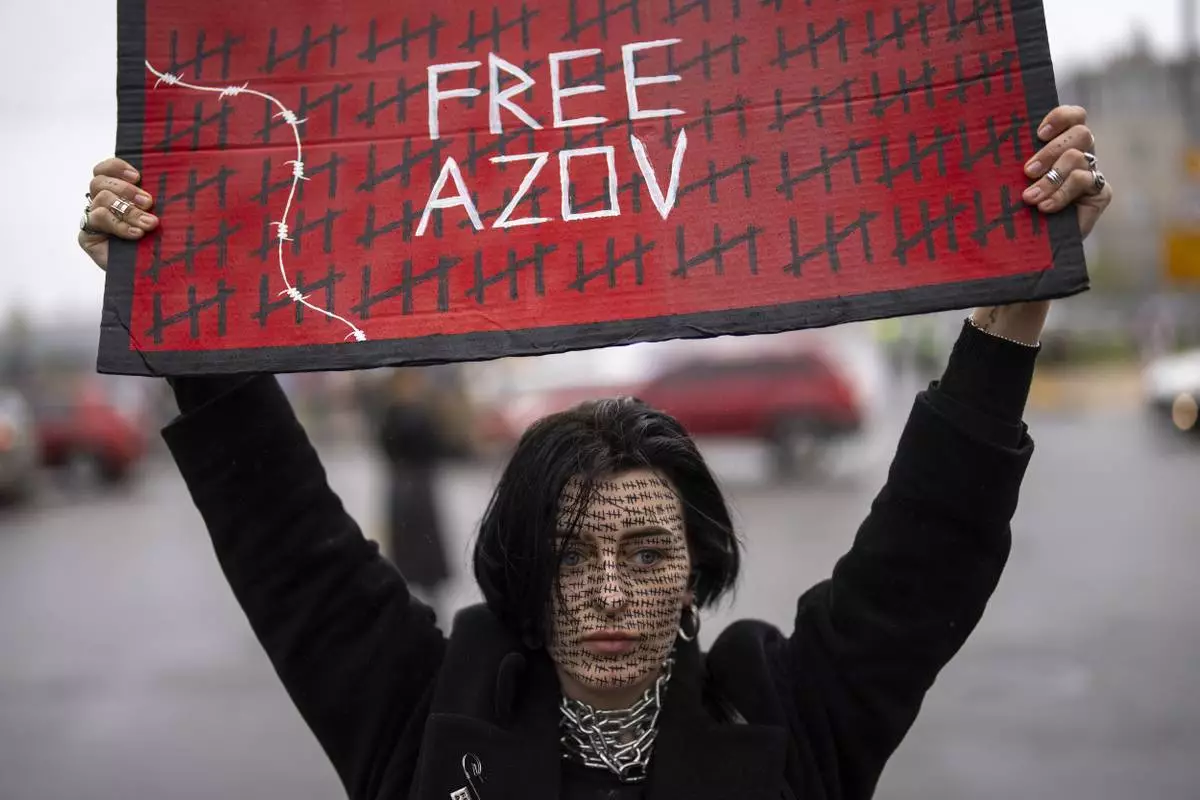
A woman rallies to raise awareness on the fate of Ukrainian prisoners of war in Kyiv, Ukraine, Sunday, April 21, 2024. (AP Photo/Francisco Seco)
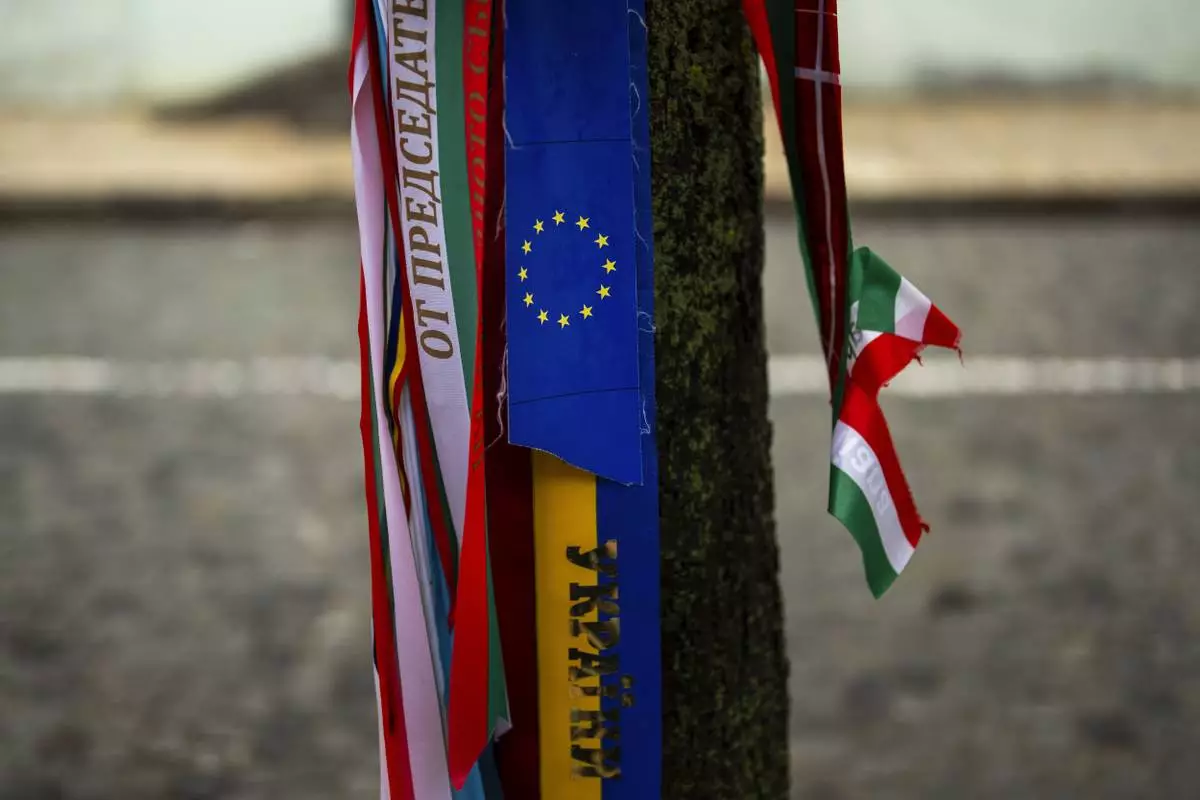
Ribbons with the colors of the European Union and Ukraine are attached to a tree next to memorial wall of Ukrainian soldiers killed during the war in Kyiv, Ukraine, Monday, April 22, 2024. (AP Photo/Francisco Seco)
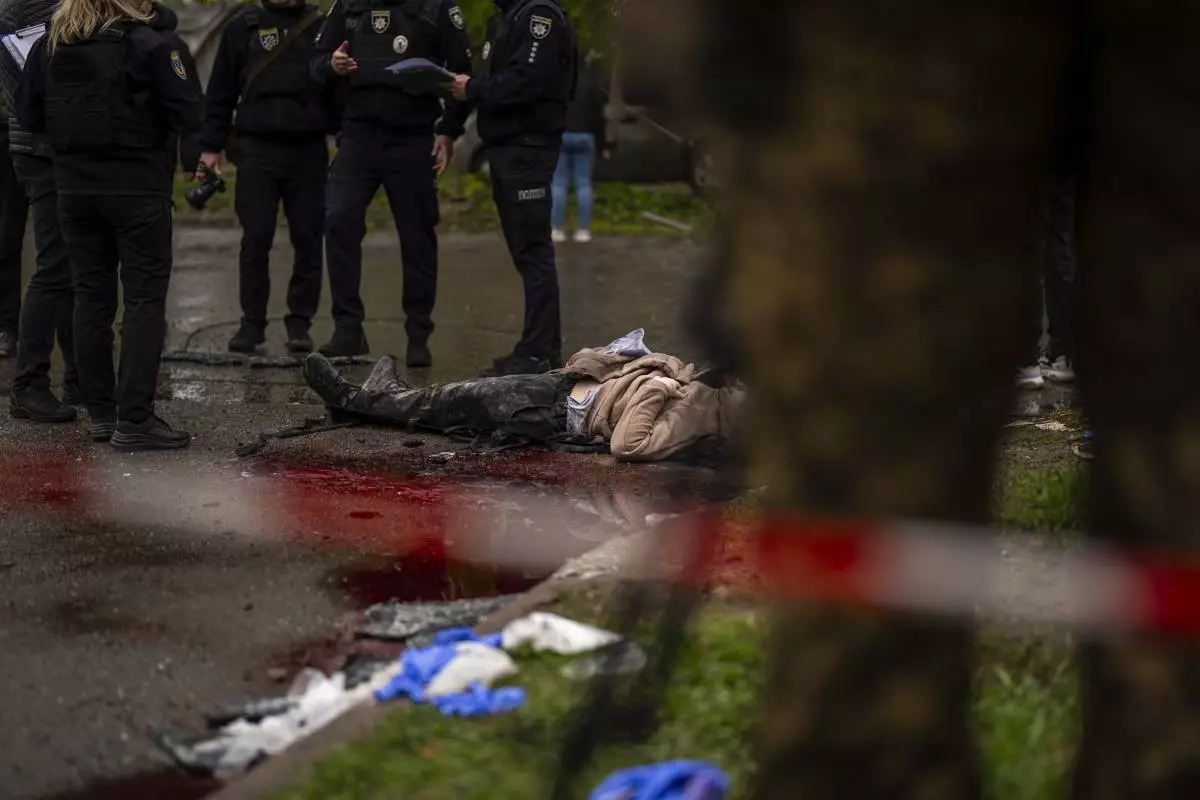
The body of a woman killed by Russian bombardment in Chernihiv, Ukraine, Wednesday, April 17, 2024. (AP Photo/Francisco Seco)

Soldiers carry the coffins of two Ukrainian army sergeants during their funeral in Lviv, Ukraine, Tuesday, April 16, 2024. (AP Photo/Francisco Seco)




